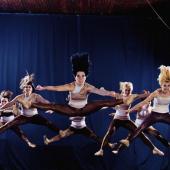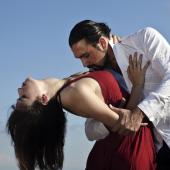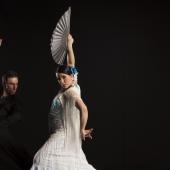Classical Ballet
The first experiments in classical ballet date back to the 15th century. And even today, classical ballet is in demand more than ever. "Der Nussknacker" and "Swan Lake" are famous ballets, which were interpreted by the Russian classical ballet for example.
Today's classical ballet technique originates from the 18th century in France. Since then further rules for the stage dance were ongoing developed and from the training emerged many famous choreographies. Also across other countries classical ballet spread and developed country-specific core areas. The foundations for various schools of classical ballet was laid.
Paris today still is the largest ballet metropolis in the world. Precision, elegance and grace are important features of the French classical style. At the beginning of the 20th century the French style was strongly influenced by the Russian ballet. In Russia there are again several different sub styles, of which the Vaganova method has become established as one of the most well-known. The famous Russian ensembles - the Kirov Ballet of St. Petersburg and the Bolshoi Ballet from Moscow - dance to the Vaganova method. In Italy, the Ceccetti-training method has prevailed. It was developed by the dancer and actor Enrico Cecchetti and is famousm for the Italian ballet landscape. However, the basic technique is the same in all styles. There are five basic positions, which are used in all styles.
The costumes of ballet dancer have changed during history according to the prevailing taste. Over the years, they became shorter and lighter. Regarding the women's costumes, one differentiates between the long tulle skirt for ghosts from the White Act (Ballet blanc), the narrow long dress (e.g. in Romeo and Juliet) and the Tutu, a rigid protruding tulle skirt, which is the most famous ballet costume (e.g. Swan or Raimonda) and which dates back to the 19th century. At some costumes that are to protrude, a supporting aluminum frame is used. As shell a corset is usually worn. The costumes of men in ballet usually consist of a shirt and of opaque tights. Often a jacket is worn over the shirt.




